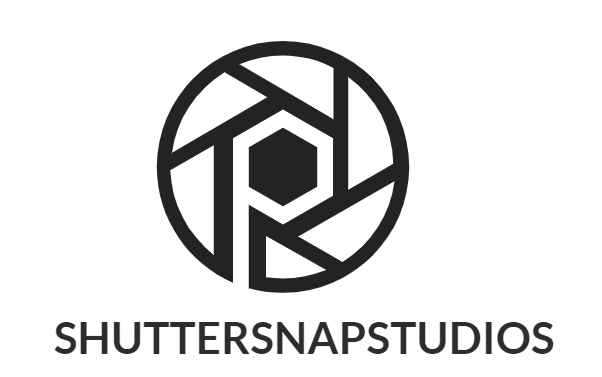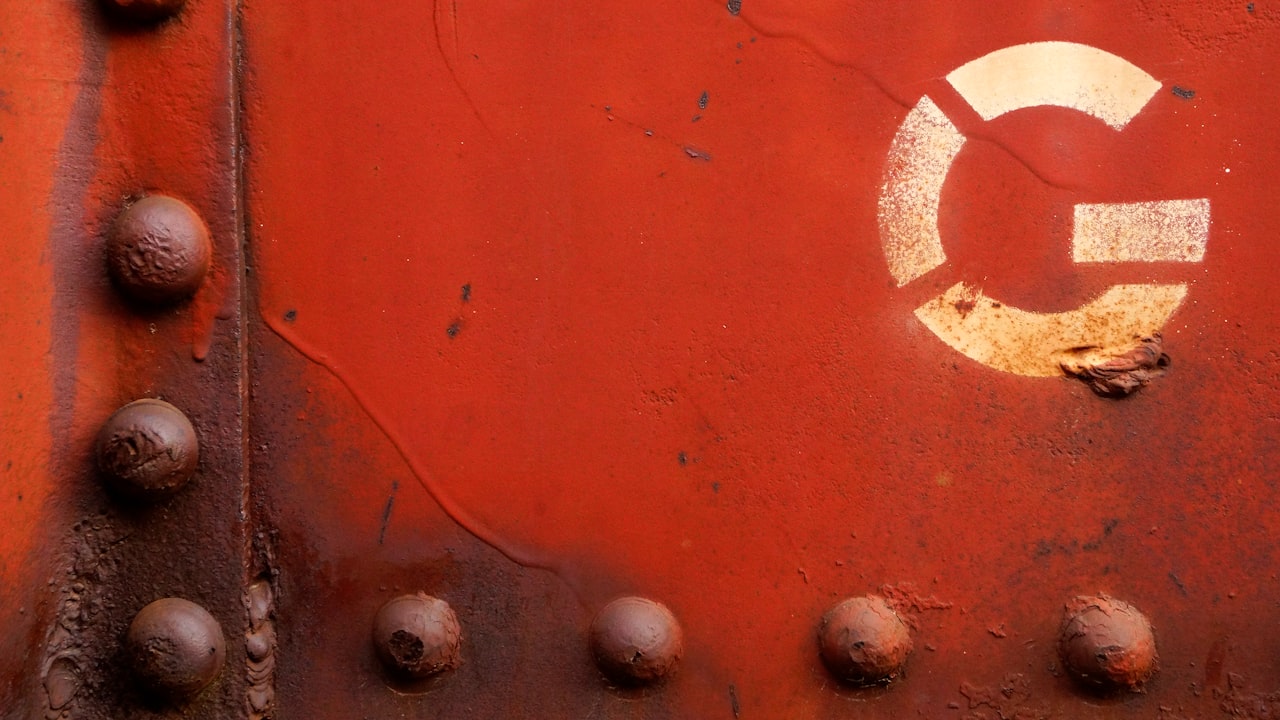There is a wide range of uses for stainless steel sheet/plate due to its adaptability. Its corrosion resistance, durability, and malleability are the main reasons for its preference. Stainless steel sheet/plate is commonly used in many different fields, including building and plumbing, food service, transportation, chemical, marine, and textile production.
Grades
Sheets and plates of 4x8 stainless steel sheet are stocked in 300, 400, and 200 series. Characteristics of each sub-class differ from those of others. 304 is one of the most popular options because it is readily available, has excellent corrosion resistance, and can be roll-formed or shaped with relative ease.
Corrosion Resistance
The corrosion resistance of stainless steels is unmatched. Corrosion resistance varies with alloy content; low alloyed grades are resistant to air conditions, while highly alloyed grades are resistant to corrosion in most acids, alkaline solutions, and chloride carrying environments, even when heated or under pressure.
High And Low Temperature Resistance
There are metals that don't corrode or rust even when heated to extremely high temperatures, and there are metals that are so tough that they can withstand cryogenic temperatures without compromising their strength. Regardless of the season, it retains its strength and durability.
Ease Of Fabrication
The vast majority of stainless steels are easy to cut, weld, form, machine, and fabricate. Stainless steels are also corrosion resistant. It is not difficult to incorporate into any kind of material or furnishing.
Strength
Many stainless steels have the ability to harden when exposed to cold, which can be exploited in design to cut down on unnecessary material thicknesses and thus save money. Components of extreme strength can be made from other types of stainless steel through the process of heat treatment.
Aesthetic Appeal
There is a wide variety of surface finishes available for stainless steel. It requires little effort and can be maintained with ease, which results in an appearance that is of high quality and is aesthetically pleasing.
Hygienic and Life Cycle Properties
Stainless steel is the material of choice in healthcare facilities, commercial kitchens, as well as food and pharmaceutical processing facilities due to its easy cleanability. When looking at the total cost of ownership, stainless steel usually comes out on top because it requires little in the way of upkeep and is therefore inexpensive.
100% Recyclable
Because it can be recycled indefinitely, stainless steel has a low environmental impact and a long useful life. In most cases, stainless steel is repurposed rather than thrown away when it reaches the end of its useful life, and at least 60% of all newly produced stainless steel is now produced from recycled material.
Weakness As High Melting Point
Due to the fact that it has a high melting point, stainless steel is notoriously challenging to work with when it comes to welding. As a result, the material's applications in the construction industry are restricted due to the difficulties associated with welding stainless steel.
Expensive Material
Stainless steel also isn't the most cost-effective metal option. The high cost of stainless steel is largely attributable to the fact that it is so difficult to produce; this is why it is so rarely used in sectors like the automotive industry. Stainless steel kitchen appliances can be quite costly as well.
Get Dirty
Scratches and fingerprints are easily visible on stainless steel. Stainless steel can be easily cleaned, but it has a tendency to show fingerprints and smudges, which can give some kitchens an unclean appearance even when they have been cleaned.


